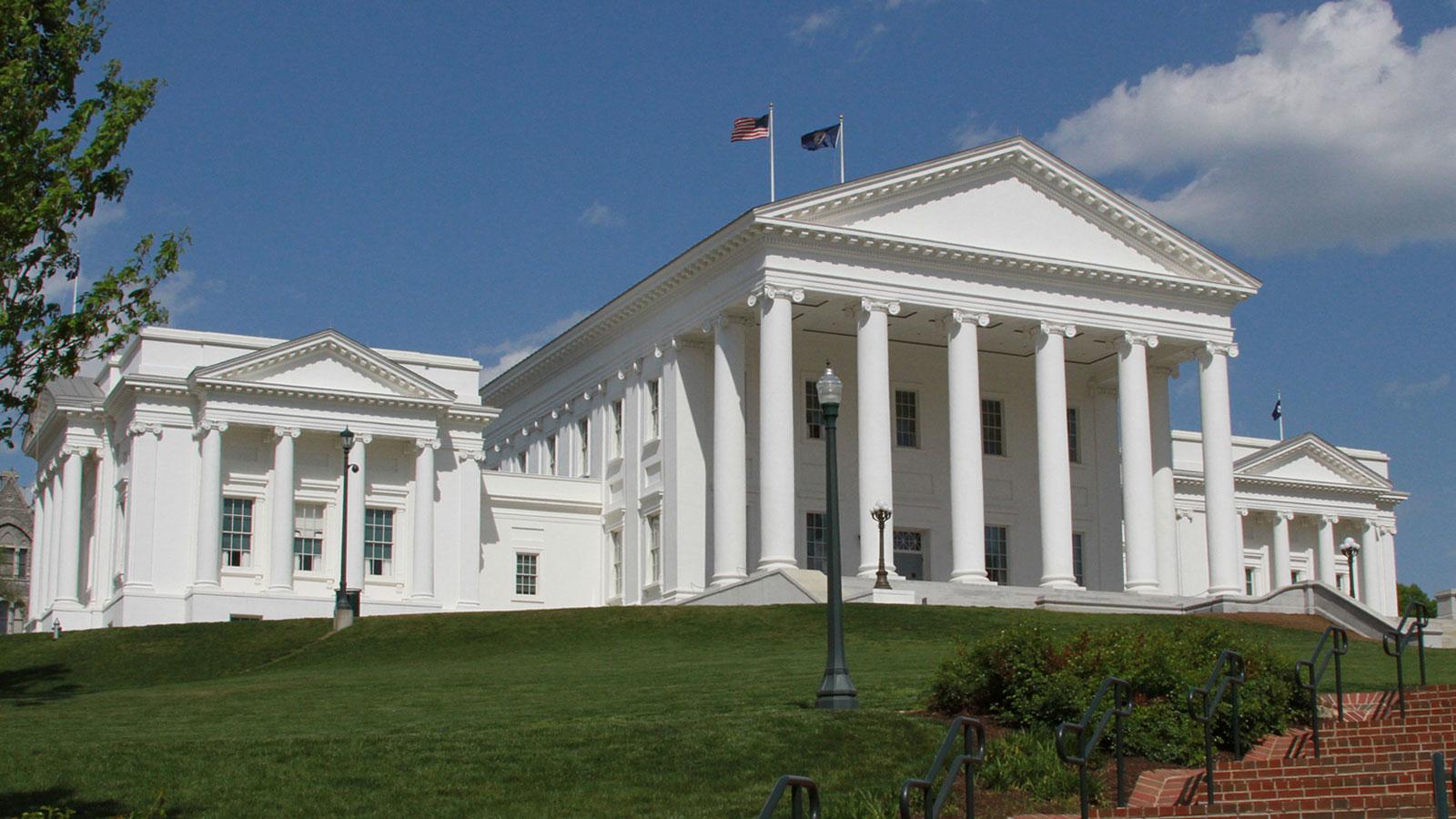Virginia’s Historic Rehabilitation Tax Credit (HRTC) program is currently under review by the General Assembly’s Joint Subcommittee to Evaluate Tax Preferences, and we believe it faces a serious threat.
AIA Virginia strongly supports Virginia’s HRTC and has sent a letter to the Chair urging the committee to reject a repeal, sunset or cap to the credit. We’ve been working actively with a coalition of 12 other organizations to educate legislators on the benefits of the program and will have a presence during the next Committee meeting on Aug. 29. We’ll also be sending action alerts directly to AIA members who are the constituents of committee members. If you’d like to take individual action, you can do so by emailing taxpreferences@dls.virginia.gov. Consider sharing an HRTC success story, how your firm might be impacted by a repeal or limitation of the credit, or use this sample letter.
The credit was created in 1996 and implemented in 1997 as an incentive to catalyze economic development through the rehabilitation and reuse of the Commonwealth’s rich inventory of historic structures. Since its inception, the credit has been widely used as a redevelopment tool, helping revitalize cities, towns and rural communities all across Virginia.
Not only does the HRTC have a proven track record for stimulating economic growth through private investment, it helps to preserve Virginia’s cultural heritage for future generations. It is exactly the kind of market-based incentive needed to leverage private investment in historic properties. Already, nearly $4 billion in private funds have been invested and at least 31,000 jobs have been created in the Commonwealth as a result of this credit.
The credit has statewide impact. Eighty out of 95 counties in Virginia and all 11 metropolitan areas have benefitted from the program through revitalized properties used for a wide variety of purposes. Since its inception, more than 2,375 historic buildings in Virginia have been preserved and put to use. Not only does this mean work for architects and architecture firms, but these projects also generate state and local tax revenue, create jobs, and act as an incredible catalyst for community revitalization.
Other states across the nation look to Virginia as a leader in this arena and the program is working. In 2012, the Joint Legislative Audit and Review Commission’s study on the effectiveness of tax preferences, found that the state tax credit program was only one of two tax preferences that achieves its intended goal.
HOW DOES THE CREDIT WORK?
The HRTC program allows property owners to receive a state tax credit of 25% of eligible expenses for approved rehabilitation work on certified historic structures, provided that the work meets the Secretary of Interior’s Standards for Rehabilitation. The program is managed by Virginia’s Department of Historic Resources.

